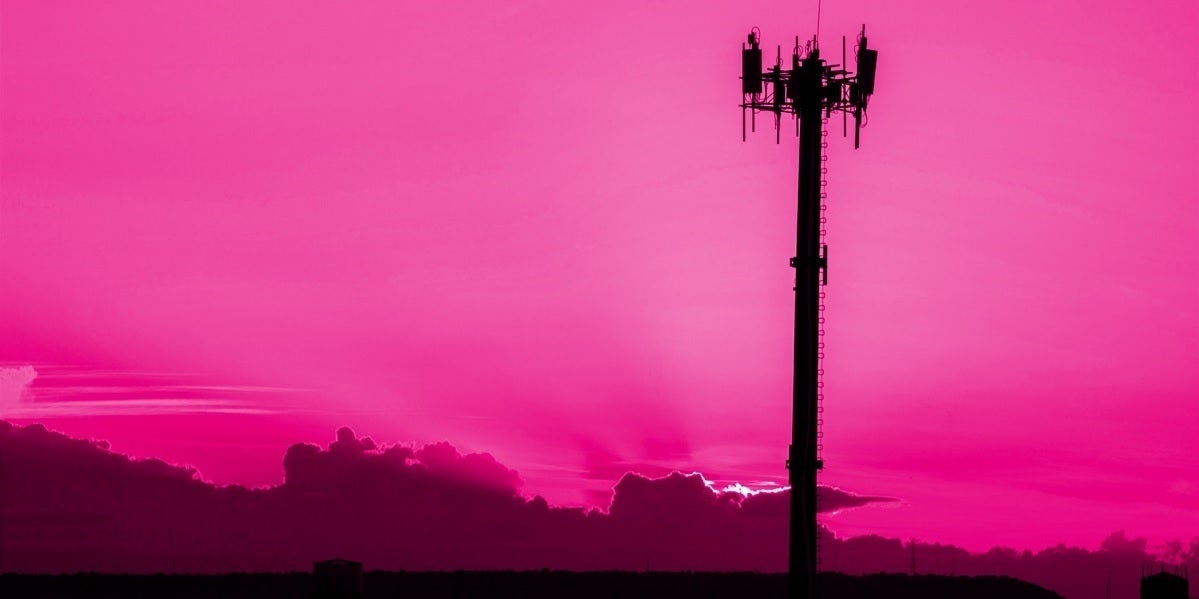FAA to allow some planes to land near 5G signals

Verizon and AT&T have had to wait to use the C-band mid-range licenses they won at auction because of possible interference issues between the mid-band signals and instrumentation on commercial aircraft. The altimeter, which tells the pilot how far off the ground he has the plane flying at, is one of the important instruments that a pilot relies on when landing a plane, especially when Visual Flight Rules don't apply.
In an emailed statement, the FAA wrote that it "...also continues to work with manufacturers to understand how radar altimeter data is used in other flight control systems." Additionally, the FAA discovered that in the presence of 5G signals, altimeters could show false readings even though not all aircraft are impacted.
FAA allows certain airplanes to fly inside "5G Zones"
According to Bloomberg, the FAA said yesterday that airline manufacturers have proven that the 5G signals will not interfere with equipment on planes made by Airbus and Boeing that make up 45% of the nation's fleet of commercial aircraft. As a result, the FAA has approved some jets to fly inside zones where the new 5G service will be turned on this Wednesday, January 19th.

FAA to allow planes to fly during 5G use in 48 out of 88 airports
While the tests have shown that 5G signals can cause altimeters to display false signals, the FAA has cleared the use of 5G signals at 48 of the 88 airports that allow high-risk landings to take place. Airports Council International-North America President Kevin Burke said in an emailed statement that "Airports will continue to prepare for potential diversions, delays and cancellations."
The FAA, Verizon, and AT&T reached a compromise earlier this month with the FAA that limited where the carriers were allowed to place their cell towers for six months in order to reduce the impact that these 5G signals might have on incoming airplanes.
Overall, 1,400 flight restrictions were announced by the FAA although the announcement made on Sunday exempts or partially exempts some airplanes from having to follow these orders. Despite the exemptions, the FAA warned that more restrictions are possible including some that could limit how 787s are able to land in the presence of 5G signals.
C-band 5G to debut on Wednesday, January 19th
With the C-band frequencies expected to be turned on this Wednesday, January 19th, Verizon and AT&T customers with 5G phones might experience 5G in areas where they did not receive such a signal before. That's because the mid-band airwaves used on the C-band travel further than high-band signals and are less apt to be blocked by structures as mmWave high-band signals are. The only drawback to the use of mid-band for 5G is that they don't deliver the speedy 1Gbps download data speed that can be achieved with mmWave signals.
Note that the FAA's action does not affect Boeing’s widebody 777 and 787 planes or some popular regional jets. And some aircraft models allowed to be used with the C-band 5G signals might not have the altimeters included that have passed the FAA's investigation.
An airport trade group called the FAA's announcement "a step in the right direction" although it still called for a delay in the introduction of the C-band 5G service that will be released on Wednesday.
The CEOs of American, United, Delta and Southwest, and the top executives of shipping firms FedEx and UPS say that there will be a "catastrophic disruption" if C-band 5G is launched on Wednesday. In a letter, the aforementioned CEOs wrote that the nation's businesses will come to a halt if the C-band 5G airwaves are turned on. The missive adds, "We are writing with urgency to request that 5G be implemented everywhere in the country except within the approximate two miles of airport runways as defined by the FAA on January 19, 2022."










Things that are NOT allowed: